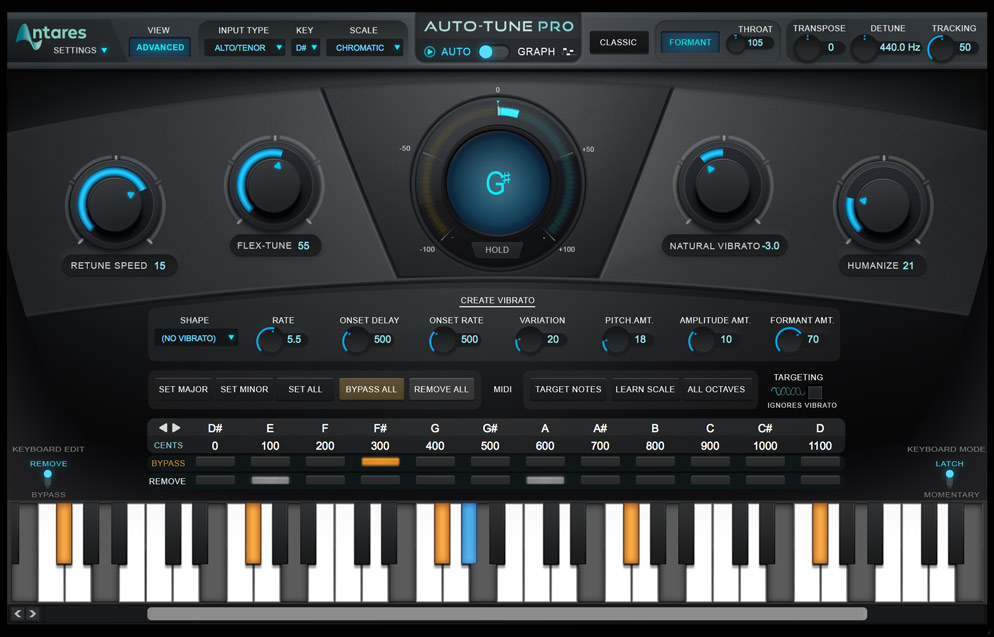


Multi-factor authentication could be biometric, requiring a fingerprint, facial recognition, or even voice recognition.

Setting up multi-factor authentication is another way to mitigate the risk of possible attacks. Store your master password in a secure place or risk permanently losing access to your password manager. On the flip side, it is unlikely you can recover it. This password is used to encrypt the contents of your password vault, so it needs to be as strong as possible. That's where your master password comes in. When you put all your passwords into one repository, you'd better be extremely careful to protect that repository. Quite a few password managers offer free tiers for their popular services. The potential hit, financial and otherwise, that could result from using weak passwords could cost you plenty. What's that, you say? You can't afford to buy yet another security tool? In truth, you can't afford not to. How to Set Up Two-Factor Authentication.How to Record the Screen on Your Windows PC or Mac.How to Convert YouTube Videos to MP3 Files.How to Save Money on Your Cell Phone Bill.How to Free Up Space on Your iPhone or iPad.How to Block Robotexts and Spam Messages.


 0 kommentar(er)
0 kommentar(er)
